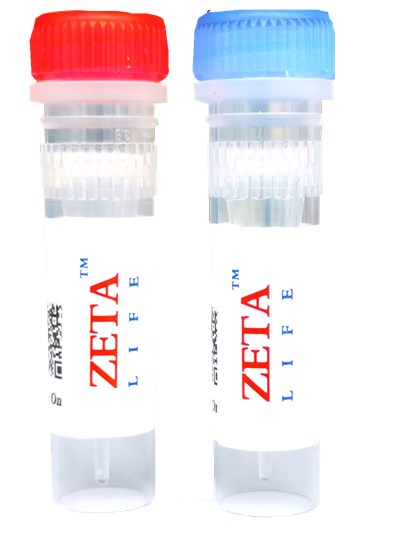

Packing specification
Product Numbers: DiO-5, DiO-10, DiO-25
Specification: 5mg, 10mg, 25mg
Storage conditions: Store at 4 ° C, protected from light. Shelf life is one year. The prepared storage solution is stored in the dark at -20 ℃, and the shelf life is six months.
Appearance: red brown solid
Solubility: DiO is soluble in absolute ethanol, DMSO and DMF, and the solubility in DMSO is about 10 mg / ml. When it is difficult to dissolve, it can be properly heated or sonicated.
λEx / λ Em (MeOH) = 484/501 nm
CAS number: 34215-57-1
Molecular formula: C53 H85 ClN2 O6
Molecular weight: 882
product description
DiO, DiOC18 (3), is one of the most commonly used fluorescent probes for cell membranes, showing green fluorescence. DiO is a lipophilic membrane dye that can diffuse laterally and gradually stain the entire cell membrane after entering the cell membrane. DiO has a very weak fluorescence before entering the cell membrane. When combined with the cell membrane, its fluorescence intensity is greatly enhanced. When excited, it can emit green fluorescence. It has a high quenching constant and an excited state lifetime. It can be detected with a standard FITC filter.
DiO, as a tracer or long-term tracer, is widely used in cells or tissues such as positive or reverse, living or fixed nerves. DiO usually does not significantly affect cell viability.
In addition to fluorescent labeling of cell membranes, DiO can also be used to detect cell fusion and adhesion, cell migration during development or transplantation, through FRAP (Fluorescence Recovery After Photobleaching) to detect the spread of lipids on the cell membrane, to detect cytotoxicity and labeled lipoproteins Wait.
DiO can be used to fix paraformaldehyde (methanol and other reagents are not allowed), but it is not recommended to permeabilize after dyeing. In addition, after fixed permeabilization (permeabilization with 0.1% TritonX-100 at room temperature), the plasma membrane can also be stained well. DiO staining intensity is usually lower than DiI, and sometimes it is completely lost in fixed tissue.
Instructions
1. Preparation of DiO cell membrane staining solution
(1) Configure DMSO or EtOH storage solution: Use DMSO or EtOH for the storage solution to prepare a concentration of 1 to 5 mM.
Note: Store unused storage solution at -20 oC to avoid repeated freezing and thawing.
(2) Preparation of working solution: dilute the storage solution with a suitable buffer (such as serum-free medium, HBSS or PBS), and prepare a concentration of 1 ~
5 μM working fluid.
Note: The final concentration of the working solution is prepared according to the experience of different cells and experiments. You can find the best conditions from more than ten times the recommended concentration.
2. Staining of suspended cells
(1) Add 1 × 106 / mL cell density to the working solution.
(2) The cells are cultured at 37 ℃ for 2-20 minutes, and the optimal culture time for different cells is different.
(3) Centrifuge the test tube of stained cells at 1000-1500 rpm for 5 minutes.
(4) Pour the supernatant and slowly add the pre-warmed culture medium at 37 ° C again.
(5) Repeat steps (3) and (4) more than twice.
3. Staining of adherent cells
(1) Culture the adherent cells in a sterile laboratory.
(2) Remove the coverslip from the medium, aspirate excess culture fluid, and place the coverslip in a humid environment.
(3) Add 100 μL of dye working solution to the corner of the coverslip and shake gently to make the dye evenly cover all cells.
(4) Incubate the cells at 37 ℃ for 2 to 20 minutes, and the optimal culture time for different cells is different.
(5) Absorb the dye working solution, wash the coverslip with the culture solution 2 to 3 times, cover all the cells with the pre-warmed medium each time, incubate for 5 to 10 minutes, and then absorb the medium.
4. Detection by flow cytometry
DiD, DiO, DiI, DiR and DiS stained cells can be detected by the classic FL1, FL2, FL3 and FL4 flow cytometers, respectively.
For scientific research use only.


